ZHCSJ66 December 2018 TPS563240
PRODUCTION DATA.
6.6 Typical Characteristics
VIN = 12 V (unless otherwise noted)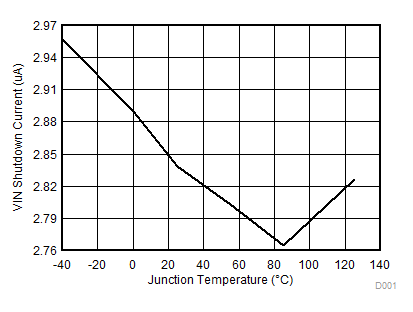
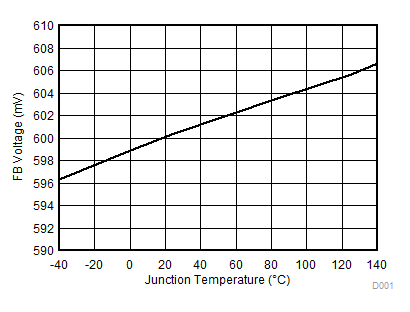
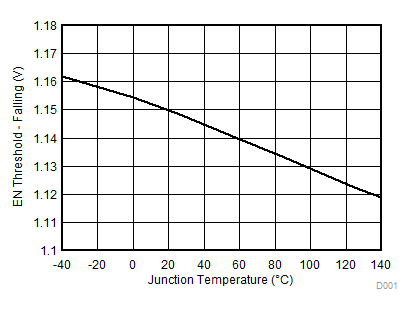
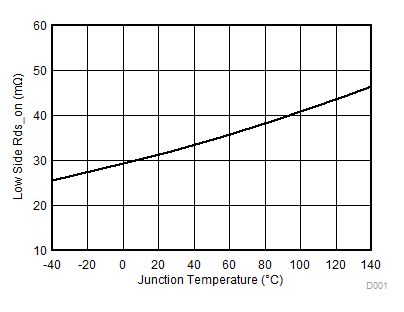
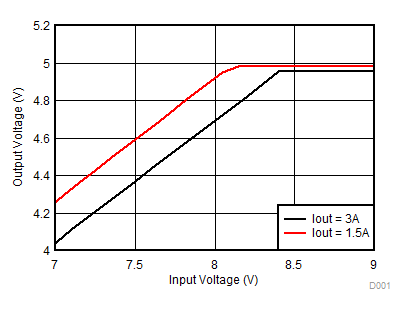
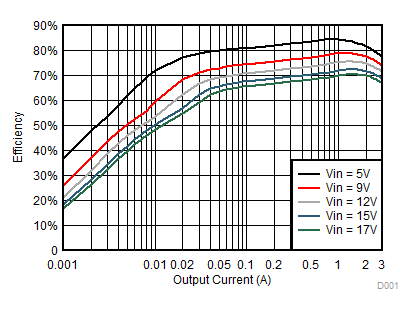
| 1.05 V Efficiency | L = 0.56 μH | (Wurth:744383560056) |
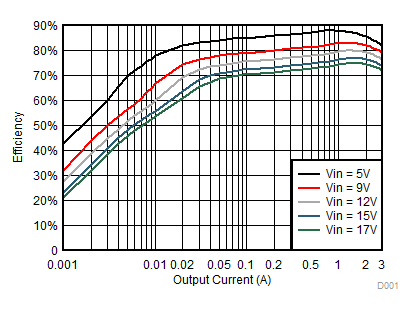
| 1.5 V Efficiency | L = 0.68 μH | (Wurth:744383560068) |
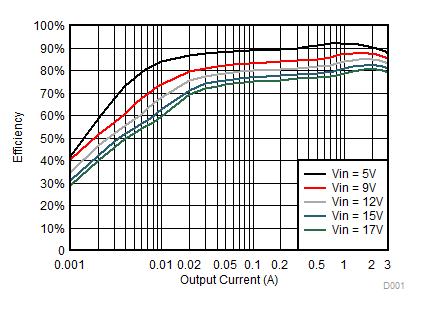
| 2.5 V Efficiency | L = 1 μH | (Wurth:744311100) |
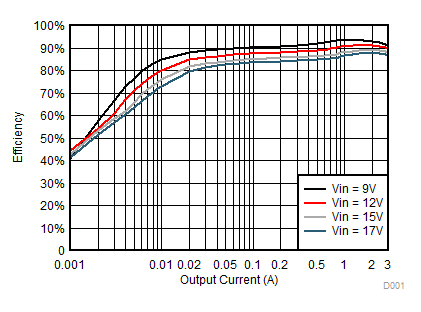
| 5 V Efficiency | L = 1.5 μH | (Wurth:744311150) |
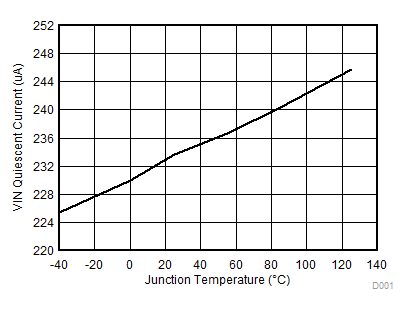
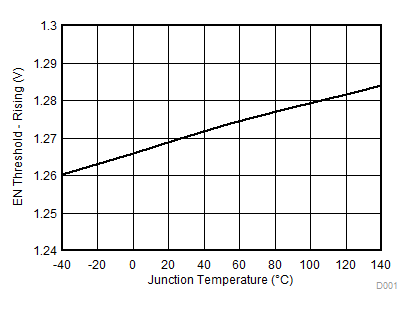
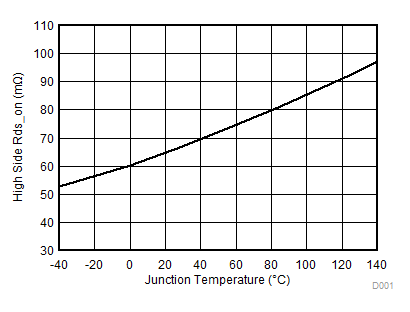
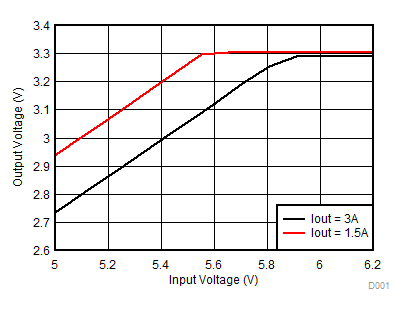
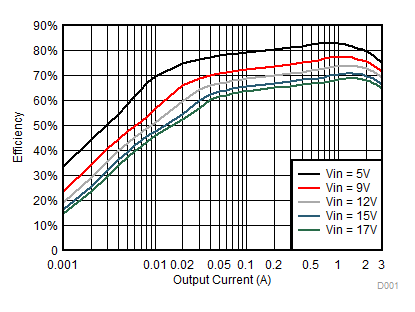
| 0.9 V Efficiency | L = 0.56 μH | (Wurth:744383560056) |
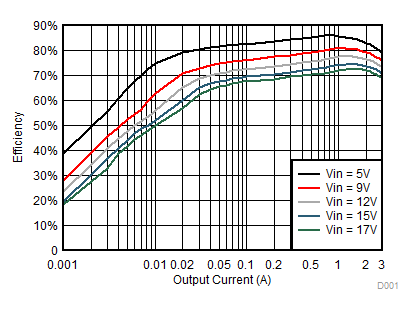
| 1.2 V Efficiency | L = 0.68 μH | (Wurth:744383560068) |
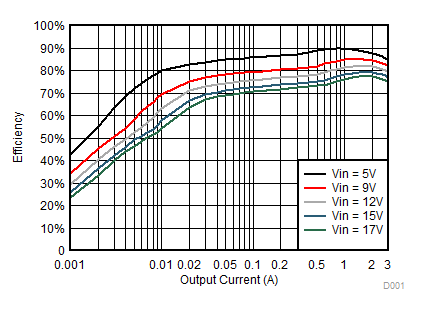
| 1.8 V Efficiency | L = 1 μH | (Wurth:744311100) |
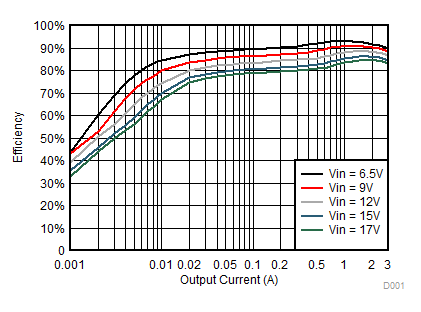
| 3.3 V Efficiency | L = 1.5 μH | (Wurth:744311150) |